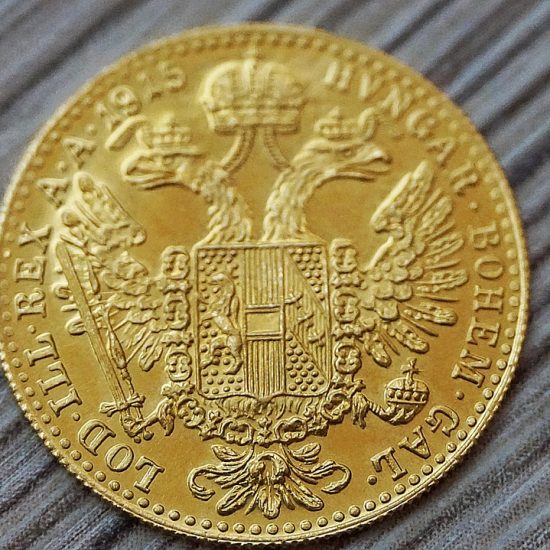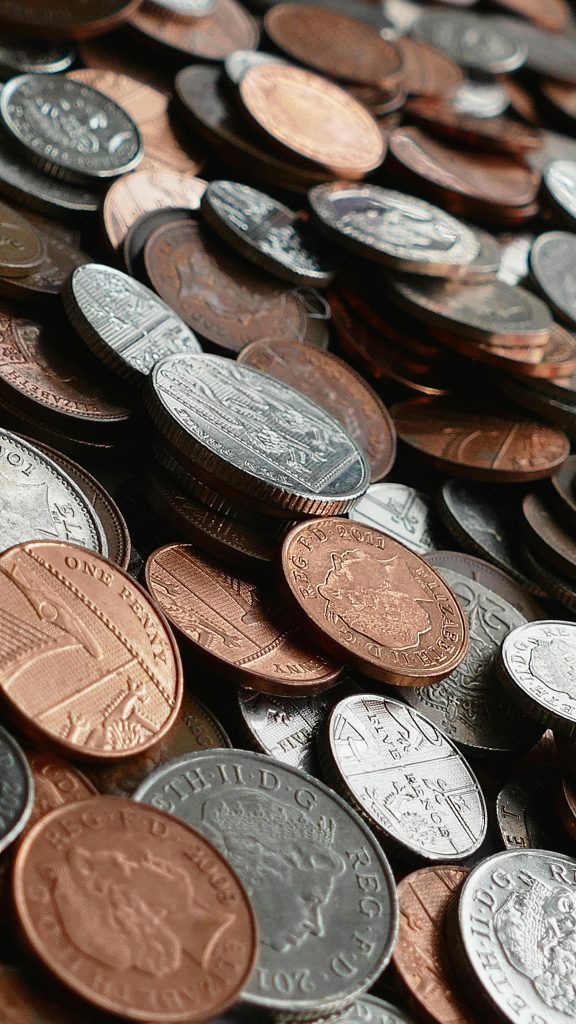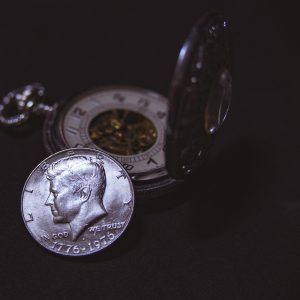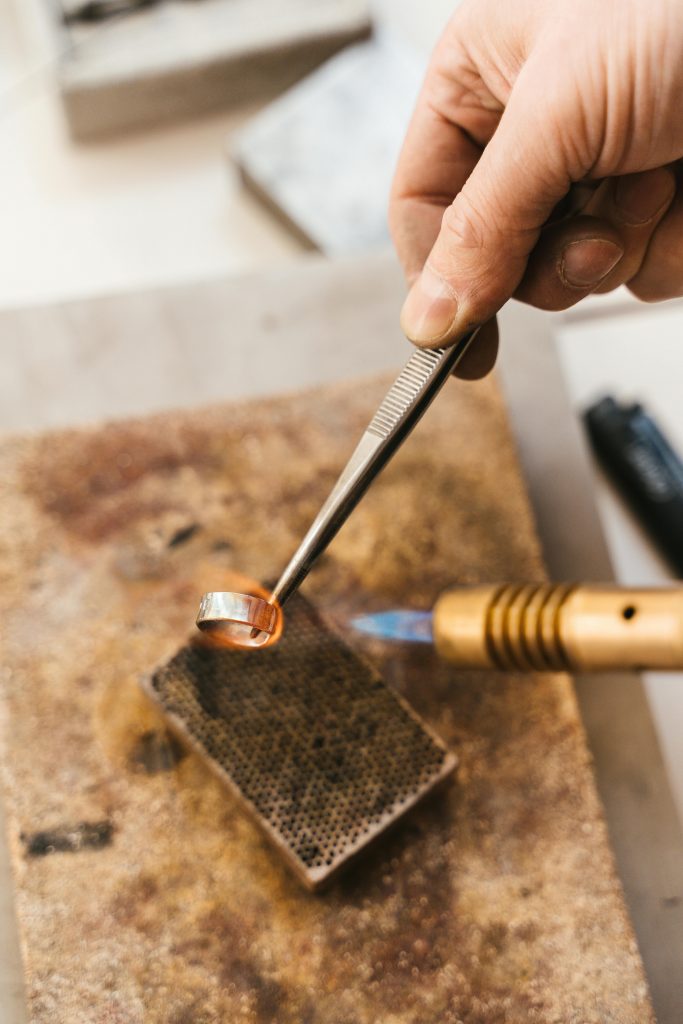Can my coin be ringified?
Coin rings are a unique way to turn history into wearable art. However, not every coin is ideal for making a ring. The type of metal, size, and design all play a role in determining if a coin will work well. This guide will help you identify whether your coin is suitable for transformation into a beautiful and durable ring.

Choosing the Right Metal
One of the most important factors in determining if a coin can be made into a ring is its metal composition. Some metals work better than others due to their durability and appearance:
Silver Coins – Silver is the best choice for coin rings. It is malleable yet strong, resistant to tarnish, and maintains its beauty over time. Coins that are 90% silver or higher are ideal yet lower percentages still work.
Gold Coins – Gold coins can be made into rings and are a great choice due to their durability and luxurious appearance. However, the high price point associated with gold makes it a much more expensive option compared to silver or other metals.
Steel Coins – Many modern foreign coins are made from steel. Unfortunately, steel is too hard and often too brittle to be shaped into a ring without cracking, breaking or destroying our tools. Additionally, steel coins are sometimes plated, and the plating can chip or wear off during the ring-making process, making them unsuitable for coin rings.
Aluminum Coins – Lightweight and inexpensive, aluminum coins are also common in modern currency. However, aluminum is a very soft metal and does not hold up well in the ring-making process. It can easily warp, scratch, and lose its shape over time for this reason we generally don’t make coin rings out of aluminum.
Other Metals – Some coins are made from zinc, brass, or other alloys. While these can technically be turned into rings, they often have drawbacks such as rapid wear, discoloration, or difficulty in shaping. If you are considering a coin of an uncommon metal, it’s best to research how it reacts to forming and wear. Feel free to reach out to us with any questions you may have.

Checking the Date of the Coin
If you are unsure of a coin’s composition, checking its date can provide valuable clues:
U.S. Quarters & Dimes (Pre-1965) – Made of 90% silver.
U.S. Half Dollars (Pre-1971) – The 1964 version is 90% silver, while those from 1965-1970 contain 40% silver.
U.S. Silver Dollars (Pre-1935) – These coins, such as Morgan and Peace dollars, are 90% silver and excellent choices for rings.
Foreign Coins – Many countries minted silver coins into the mid-to-late 20th century. Check minting records or use an online silver content guide to verify composition. Numista is a good resource to check exactly what coin you have and what its composition is.

Coin Size & Design Considerations
The size and design of a coin influence the final appearance of the ring:
Larger Coins (Half Dollars & Dollars) – These create wider rings and allow for more visible design details.
Smaller Coins (Quarters & Dimes) – These make thinner rings, ideal for subtle or minimalist designs.
Highly Detailed Coins – Coins with deep, bold designs (e.g., Walking Liberty Half Dollar) produce more striking rings.
Coins with Personal Significance – Many people choose coins from birth years, meaningful locations, or family heirlooms.
Testing If Your Coin is Silver
If you have a coin and are unsure whether it is silver, here are a few simple tests:
The Ring Test – Gently drop the coin on hard surface or flick it into the air; silver coins produce a high-pitched ringing sound, while clad coins have a duller tone.
The Magnet Test – Silver is not magnetic, so if your coin sticks to a magnet, it is steel. However clad coins, aluminum and other metals are also non-magnetic. So this test should be paired with other tests to determine coin composition.
Edge Inspection – Silver coins have a solid silver edge, whereas clad coins often show a copper-colored stripe.
Weight Comparison – Silver coins have a different weight than their clad counterparts. Checking the weight against official mint specifications can confirm authenticity.
Custom Coin Rings
If you have a specific coin that holds personal significance, we can transform it into a custom ring for you. Whether it’s a family heirloom, a coin from a memorable trip, or a piece of history you want to wear every day, we take great care in preserving its details and character throughout the ring-making process. By sending us your coin, you can ensure a truly unique and meaningful piece that reflects your personal story.
Conclusion
Choosing the right coin for a ring is an essential step in creating a high-quality, long-lasting piece of jewelry. By considering the coin’s metal composition, size, and design, you can ensure the best possible result. Whether you’re using a historical silver coin or a meaningful keepsake, transforming it into a ring is a unique way to carry its story with you every day.

